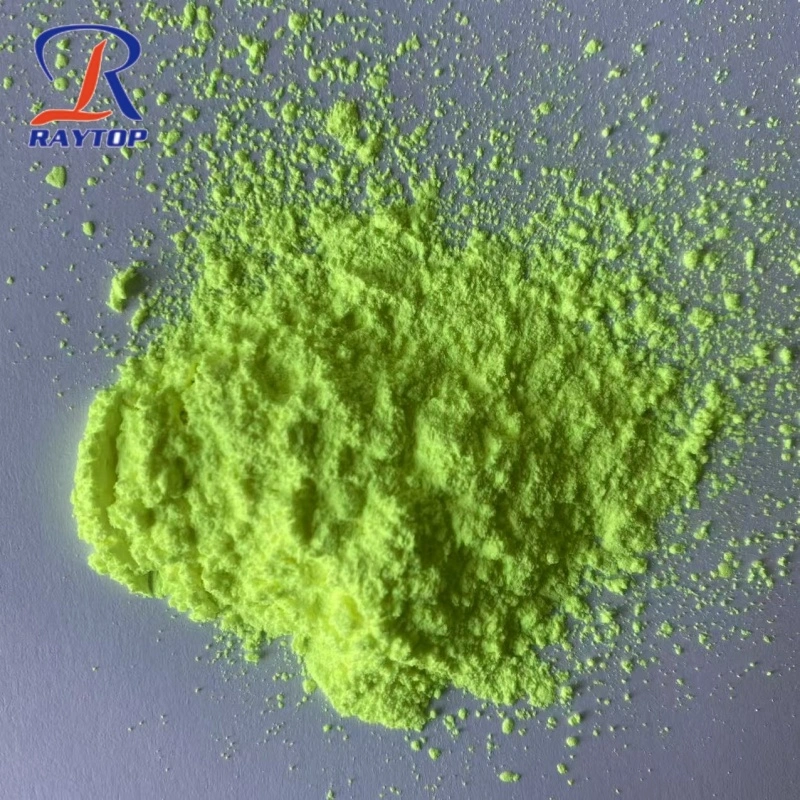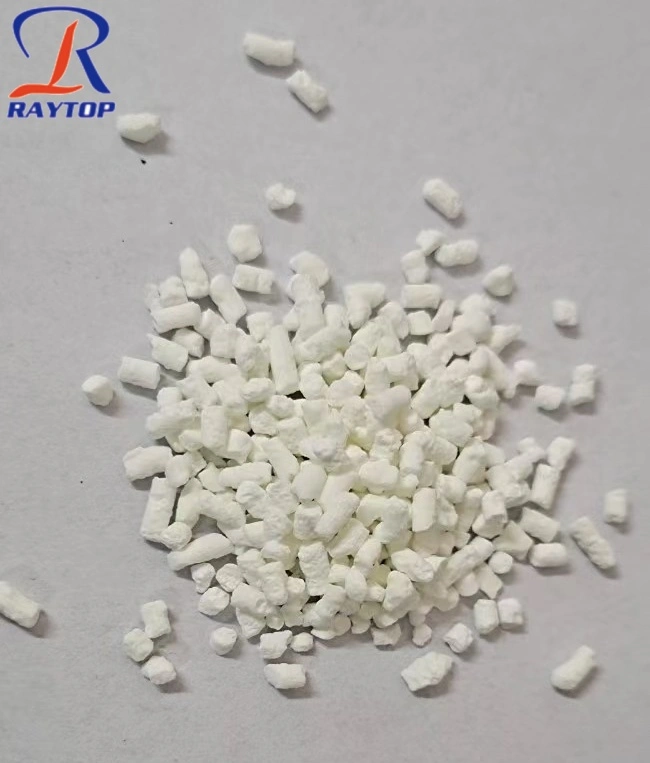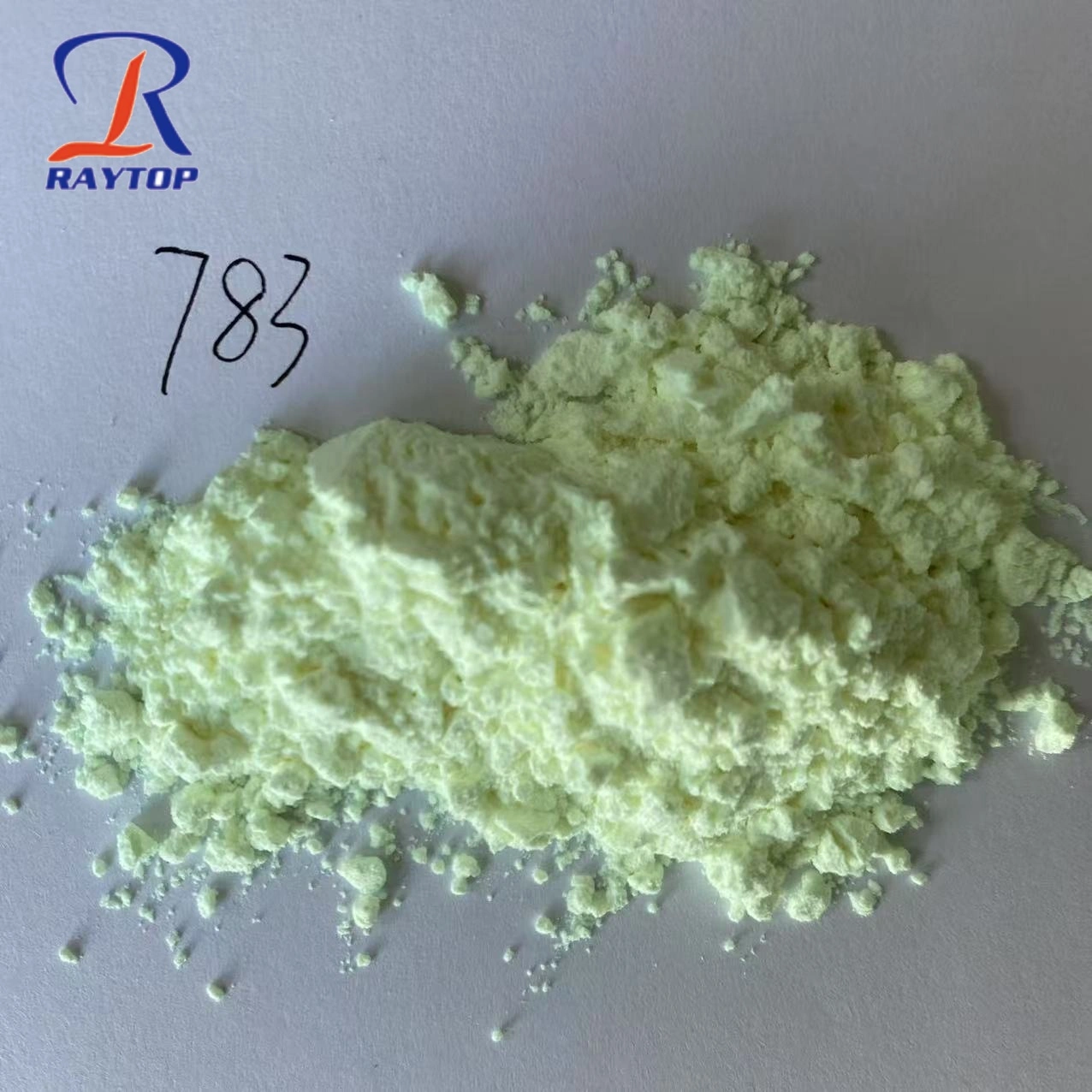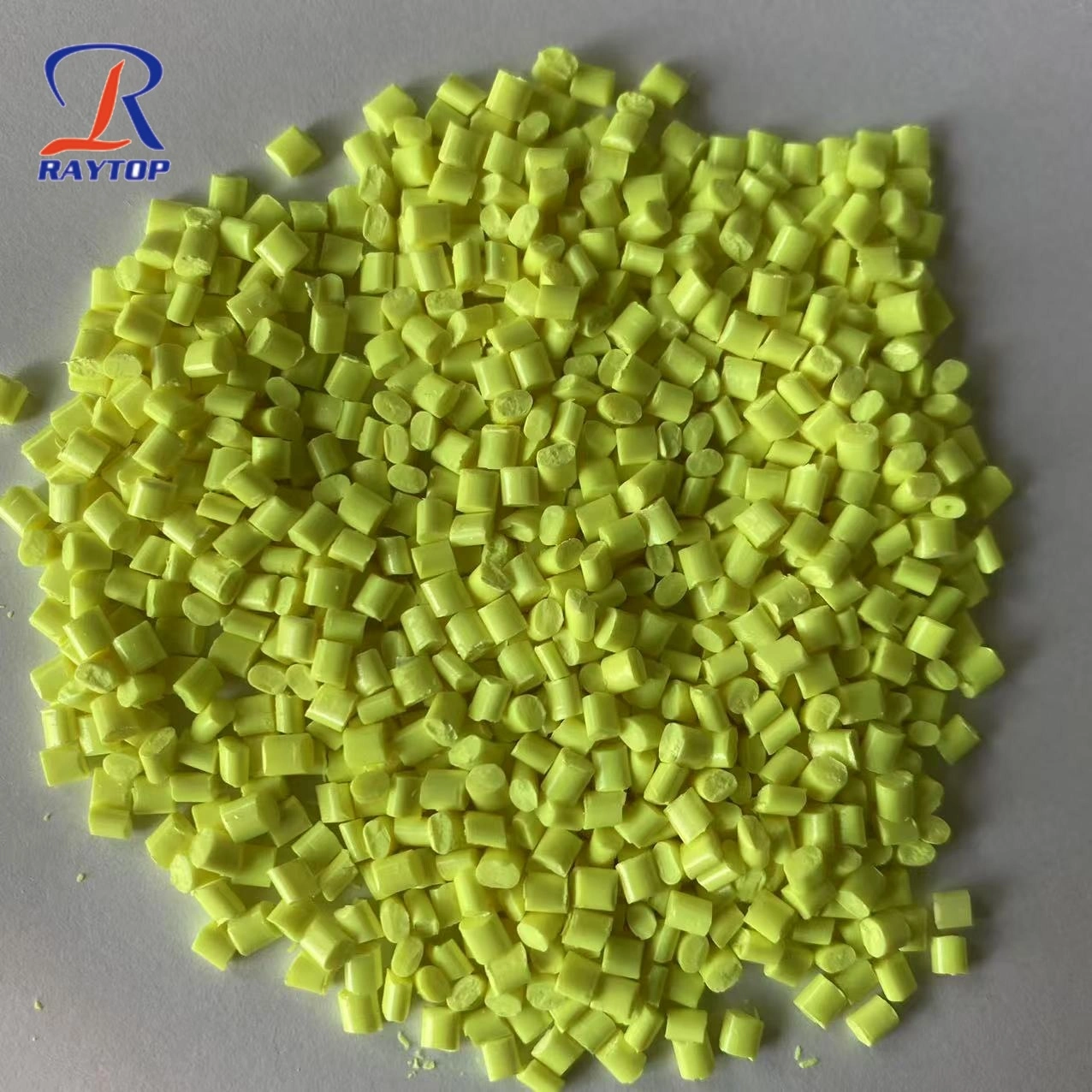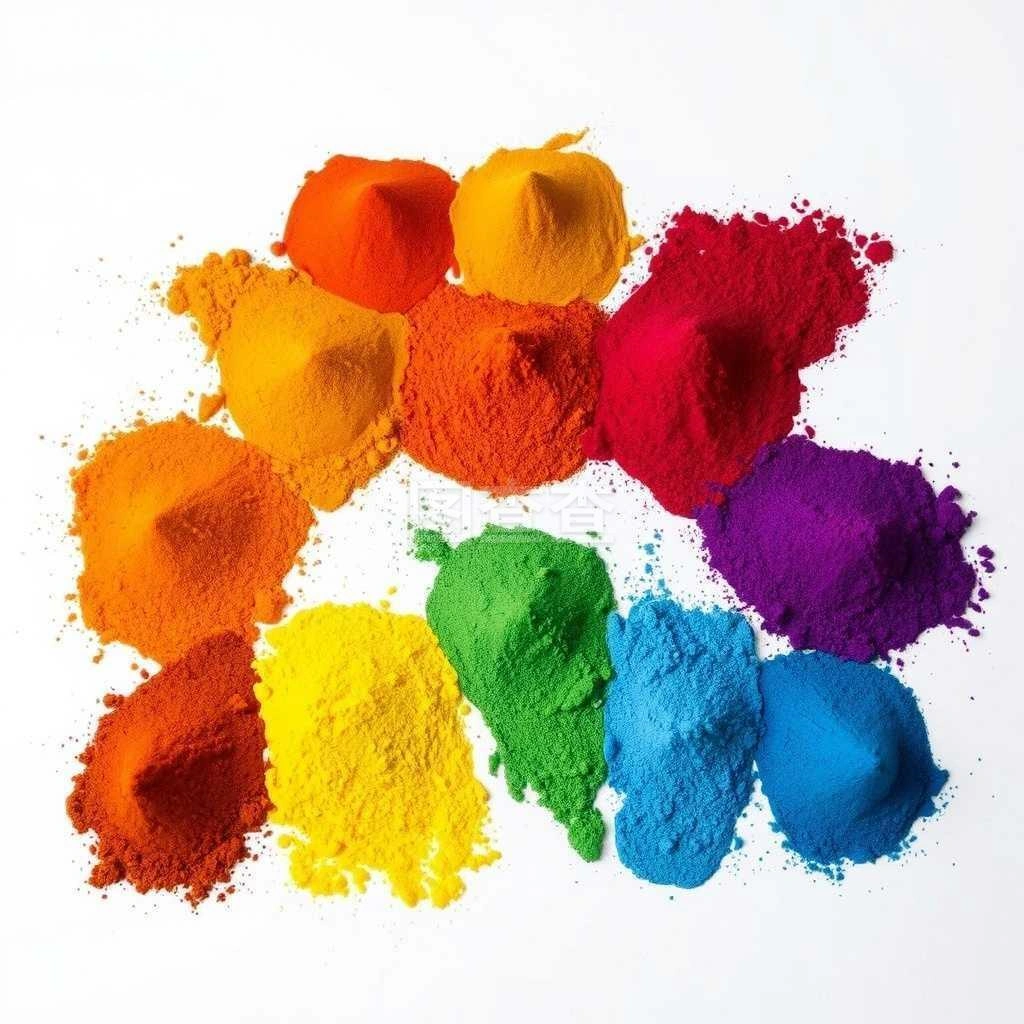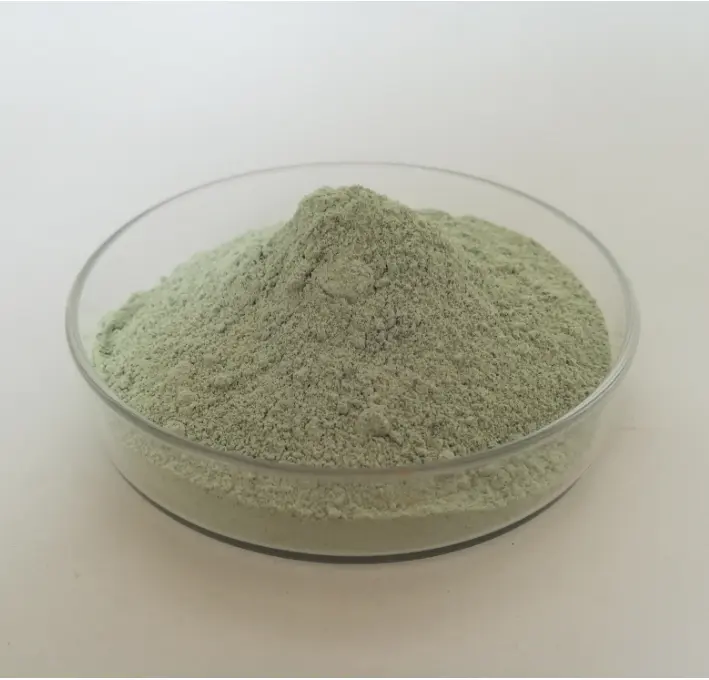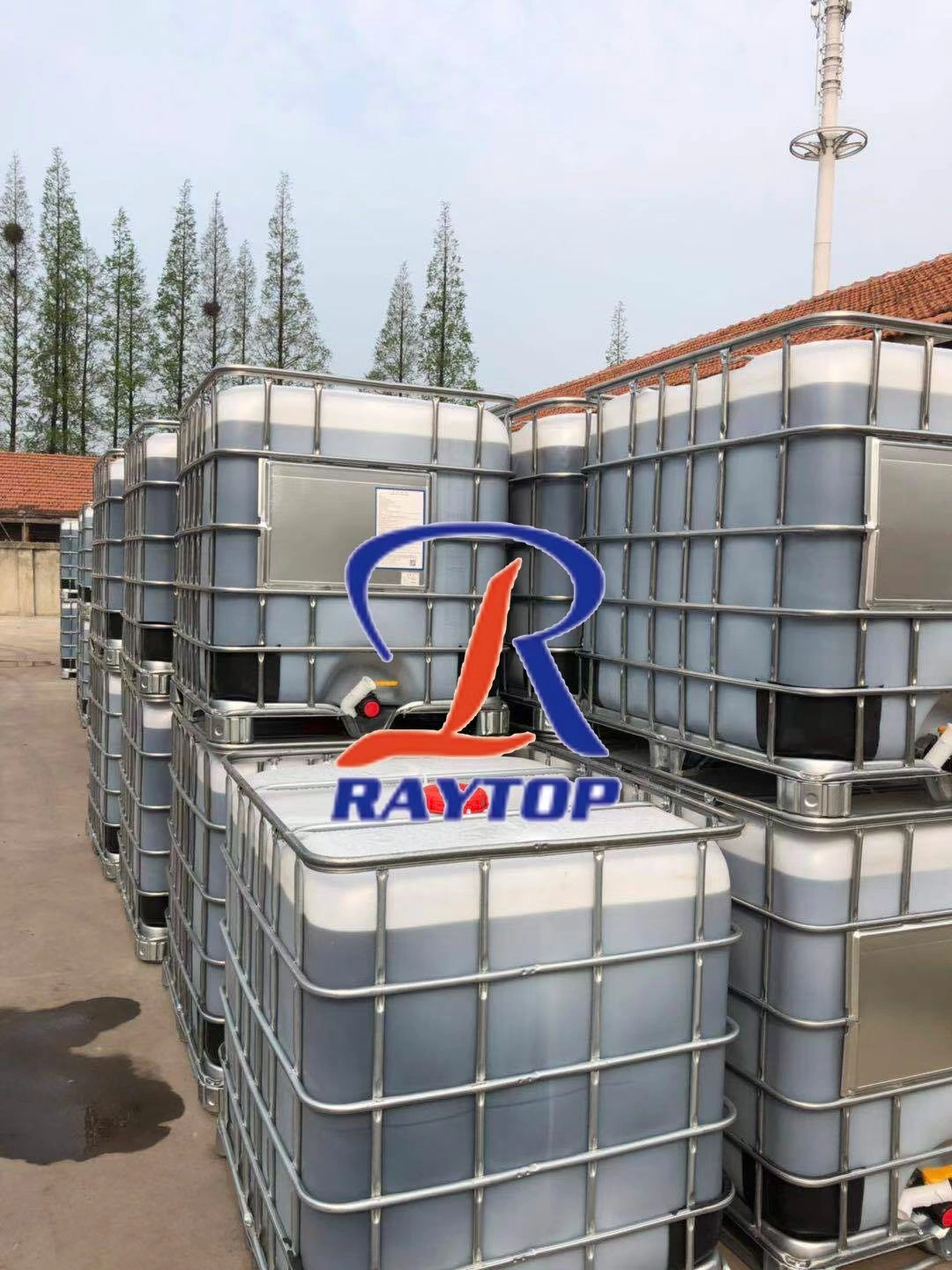Application of Fluorescent Brightener in Papermaking Field

1 Overview
(1) Papermaking process
Beating → pulping → seasoning → purification and screening → papermaking → finishing and drying
Each process has a different effect and purpose on papermaking. Among them, seasoning is to add various auxiliary materials to the pulp, including sizing, adding fillers, whitening, dyeing, toning, adding auxiliary agents, etc. The purpose is to improve paper materials and related quality indicators of paper from different angles. And performance.
(2) Composition of paper
Rubber: Water-resistant substance added to paper pulp. The process of applying glue is called sizing. There are many types of rubber materials, among which white rosin rubber is the most widely used, with a dosage of 0.5% to 2%. Rosin glue is a kind of UV absorber, which will weaken the effect of fluorescent whitening agent. Therefore, rosin glue should be selected carefully.
Aluminum sulfate: commonly known as alumina, it is a substance that must be added when sizing as a precipitant. The precipitate formed by aluminum sulfate and rosinic acid is absorbed and combined by the fiber, thereby improving the water resistance of the paper. The dosage is 3 to 5 times that of rosin gum, and it varies with water quality. Aluminum sulfate has a relatively large impact on the fluorescent brightener, so special attention should be paid when adding it.
Filler: It is a water-insoluble powdery mineral added to the pulp to improve the optical properties and printing performance of the paper, such as improving the whiteness, opacity, smoothness, softness, ink absorption, etc., or imparting to the paper Some special properties. Most of the fillers are also slightly yellow, which will affect the whiteness of the paper. Commonly used are talc, calcium carbonate, kaolin, titanium dioxide and so on.
Dyes: Toning to eliminate noise and make the paper appear whiter. Dyes are often added in the preparation of pulp and seasonings.
Pigment: It is the main component of the base paper for pigment coating processing to prepare the coating. Its function is to fill the surface of the paper, improve the appearance of the coated paper, and increase the whiteness, opacity and gloss. Commonly used are porcelain clay, calcium carbonate (also known as fixed white), satin white (also known as satin white), talc, titanium dioxide, etc.
Adhesive: It is another main component of base paper for pigment coating processing to prepare paint. Its main function is to make the pigments and between the pigments and the paper firmly bond. Commonly used are casein, modified starch, starch derivatives, polyvinyl alcohol, and styrene butadiene latex, acrylic and vinyl acetate synthetic latex. Most of the adhesives are also slightly yellow, which affects the whiteness of the paper.
Fluorescent brightener: to improve the whiteness of paper, high-grade paper is indispensable. Commonly used are water-soluble stilbene bistriazineamino derivatives, such as disulfonic acid, tetrasulfonic acid and hexasulfonic acid.
Papermaking aids: also known as additives, are non-fibrous chemical agents other than the above-mentioned substances. Commonly used sensation strength agents, wet strength agents, retention aids, filter aids, preservatives, defoamers, lubricants, water repellents, dispersants, etc.
(3) The role of fluorescent brightener in paper making
There are two aspects:
One is to offset the yellowishness of paper fibers, which can significantly improve the whiteness of pulp fibers that have been bleached with chemicals;
Two,it can eliminate the yellow appearance of rubber materials, fillers, adhesives, and additives, and improve the whiteness of white pigments.
(4) Issues that should be paid attention to when selecting and using fluorescent brighteners in the field of paper making
a, water
The water hardness should not be too high, too high water hardness will reduce the solubility of the fluorescent brightener in water;
The presence of humic acid in the water will absorb a lot of ultraviolet light and affect the whitening effect;
The free chlorine in the water has an impact on the stability and whitening effect of some fluorescent whitening agents.
Choose pure water and avoid using ironware.
b. Fluorescent brightness increases the basic whiteness of paper
Only when the pulp is bleached to a whiteness above 60%~65% and then used with fluorescent brightener can the significant whitening effect be obtained; the pulp whose whiteness is above 80% of the whiteness standard of the paper industry is whitened with fluorescent whitening agent. The whiteness can reach more than 95% of the whiteness standard.
c. In papermaking, fluorescent brighteners should be added in order
Except for cationic products, chemicals commonly used in paper making seldom have an impact on whitening. Pay attention to the order of addition of cationic additives when using, and select appropriate addition points to reduce or eliminate the impact.
d, Papermaking needs proper fluorescent brightener
Different fluorescent brighteners, due to their different chemical structures, have different affinities for silicates and other fillers commonly used in the paper industry, such as kaolin, titanium dioxide and talc. Titanium dioxide absorbs UV, and the rutile type absorbs more strongly than the anatase type, so when the fluorescent whitening agent is used, rutile is not suitable as a filler. Calcium silicate and magnesium silicate fillers have the least adverse effects on fluorescent whitening agents.
e. Choose fluorescent brighteners scientifically and reasonably
Selection rule:
The more sulfonic acid groups, the lower the affinity to paper fibers;
The more sulfonic acid groups, the lower the sensitivity to cationic polymers;
The varieties of disulfonic acid groups are suitable for use under neutral or weak alkaline conditions, and the varieties of tetrasulfonic acid groups and hexasulfonic acid groups are suitable for use under weak acid conditions;
The more sulfonic acid groups, the less affected by heavy metal ions.
f. The amount of fluorescent whitening agent and the yellowing point
Different fluorescent whitening agents have different yellowing points; the same variety is also different due to different manufacturers; the same variety of the same manufacturer also varies due to different dosage forms and contents; yellowing points are also due to pulp or paper The type, state and other processing conditions are different.
g. The effect of fluorescent whitening agent is affected by pH value
When using a fluorescent whitening agent with poor acid resistance, the pH value of the slurry should be controlled and adjusted so that the sizing effect can be taken into account and the effect of the fluorescent whitening agent can be better exerted.
h. Add fluorescent brightener in order
Generally, the aqueous solution of fluorescent whitening agent is alkaline, with a pH value of 8-9. When aluminum sulfate is encountered, a white or light yellow water-insoluble aluminum/fluorescent whitening agent flocculent precipitate will be formed, and the particles are larger. The cone of the section is discharged out of the system when removing the slag, which will reduce the use effect of the fluorescent whitening agent, so in the sizing process, the fluorescent whitening agent cannot be added at the same time as aluminum sulfate.
Feeding order:
Fluorescent brightener→rosin→filler→aluminum sulfate
(The time interval between the addition of fluorescent whitening agent and other auxiliary materials should not be less than 10min)
i, light
The fluorescent whitening agent will change from the trans structure to the non-fluorescent cis structure when exposed to light.
The prepared aqueous solution of fluorescent whitening agent should be prepared for immediate use and should not be stored for a long time.
2. Varieties of fluorescent brighteners used in the papermaking field
(1) Basic requirements of fluorescent whitening agent for papermaking
a. It has obvious whitening effect and high yellowing point on paper fiber and its products;
b. Good water solubility;
c. It has good compatibility with various slurries, fillers, adhesives and other papermaking chemicals;
d. There is a certain degree of acid and alkali resistance (pH 6~11);
e. Have a certain degree of heat resistance;
f. It has a certain color fastness to light and climate change;
g. It is non-corrosive to general papermaking equipment and has no adverse effects on human health.
(2) Varieties of fluorescent brighteners for papermaking
According to the situation of the fluorescent whitening agent used by domestic and foreign paper manufacturers, the commonly used ones are: CI fluorescent whitening agent 24, 28, 71, 85, 86, 87, 103, 114, 119, 134, 166, 205, 220, 263, 264, 336, 353, 357, etc. Among them, C.I. fluorescent whitening agents 28, 85, 220, 263, 264, 353, and 357 are commonly used in China.
(3) Application method of fluorescent whitening agent for papermaking
The methods used are different, and the types of optical brighteners selected are also different. There are three application methods:
Pulp whitening: (the dosage is generally about 0.05%~0.2% of the dry pulp weight, pH value 7~8)
Neutral or alkaline papermaking should use disulfonic acid varieties, such as C.I. fluorescent brightener 28, 85, 134, etc.;
Acidic papermaking requires fluorescent whitening agent to be stable to acid and aluminum sulfate, and tetrasulfonic acid varieties, such as C.I. fluorescent whitening agent 24, 220, etc. should be used;
Because the hexasulfonic acid varieties have too little affinity for pulp fibers, such as C.I. Fluorescent Brightener 264, etc., are not suitable for pulp whitening.
Surface coating whitening: (the amount is generally 0.01%~0.2% of the coating amount, and the pH value is 7~8.5)
Two, four or hexasulfonic acid varieties can be selected, among which tetra and hexasulfonic acid varieties have better effects, such as C.I. fluorescent whitening agent 220, 264, 357 and so on.
Surface sizing and whitening: (the amount is generally 0.2%~1.0% of the coating amount glue solution, pH value 8~9)
Because surface sizing often contains cationic water-soluble polymers, disulfonic acid-based varieties are more sensitive to cationic compounds and are not suitable for use in surface sizing. Four or hexasulfonic acid-based varieties are recommended, such as CI fluorescent whitening agent 24, 220, 264, 336, 353, 357.
In addition, when whitening paper tones, dyes are usually added after the fluorescent whitening agent.

